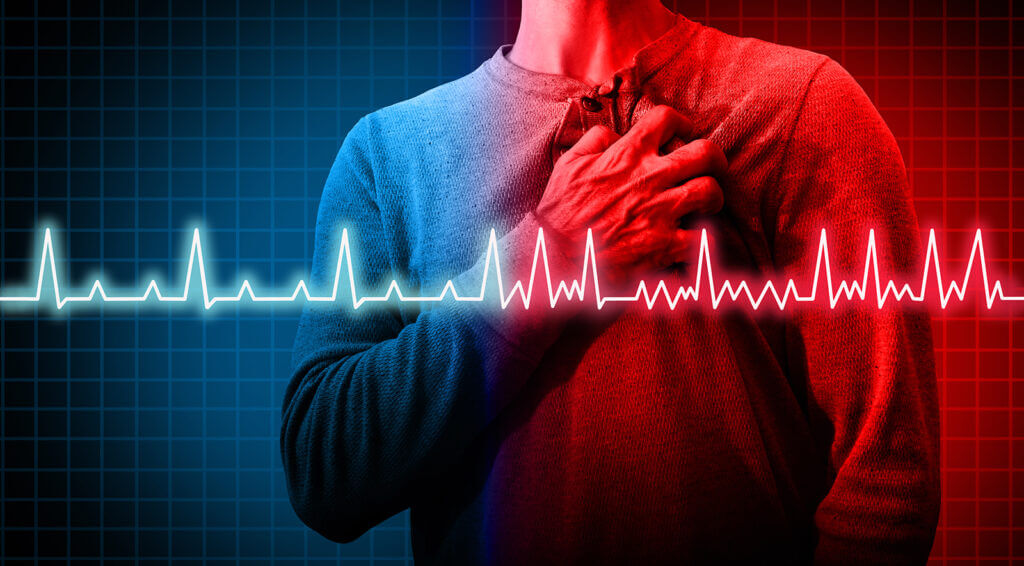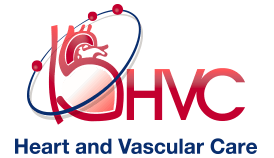Atrial Fibrillation
Atrial Fibrillation and Atrial Flutter
Defined as an “abnormal heart rhythm,” atrial fibrillation (AFib) and atrial flutter (Aflutter) afflict approximately 2.7 million Americans. Caused by the upper chamber of the heart beating irregularly, AFib or AFlutter itself is not actually dangerous. The resulting side effects can be life-threatening, though. They are one of the leading causes of stroke; if left undiagnosed and untreated, AFib and Aflutter can cause blood clots, strokes, heart failure, and heart problems.

Atrial Fibrillation
Found in nearly 1 percent of the population, atrial fibrillation is one of the most common cardiac diseases people face. The factors that contribute to atrial fibrillation are quite numerous:
- Stimulants like coffee, drugs, medications, alcohol, and tobacco.
- High blood pressure.
- Stress.
- Heart disease.
- Birth defects.
- Sleep apnea.
- Lung disease.
- Overactive thyroid.
Knowledge is power, though. Knowing what you’re looking for, arms you with the proper questions to ask your doctor so you can make informed decisions.
Symptoms
Knowing what you’re looking for is the first part of diagnosing this heart problem. AFib or AFlutter is often described as a “flip-flop” feeling in the chest or a banging. Nausea, light-headedness, weakness, sweating, and chest pain are also common complaints. Some feel like they are gasping for air or experience fatigue. Other people present no symptoms at all.
Treatment Options
Medication – Doctors may try to use medication to control your heart rate, control your heart’s rhythm, or thin the blood. Blood-thinning agents or anticoagulants prevent blood clots in the atria or top of the heart that can lead to strokes.
Cardioversion – This is a procedure where a doctor sedates the patient and shocks the heart from AFib or AFlutter back into regular Sinus rhythm.
Ablation – This is a procedure where the doctor goes in through a catheter and uses either heat or freezing to burn off the tissue in the heart that is sending the incorrect electrical signal.
Devices – Devices such as a pacemaker of an endocardial LAA (left atrial appendage) closure may be implanted to help regulate the heart rate and prevent blood clots.
Lifestyle –Reduction of caffeine and alcohol as well as treatment of sleep apnea can treat Afib and Aflutter.
